The duodenum is an organ that is the beginning of the small intestine, which is located in the human body behind the stomach. The duodenum emerges from the stomach, which joins the stomach's pylorus and is the small intestine's initial segment.
The duodenum has four parts. It is a long organ with a specific shape and essential functions for health. Although it is an integral part of the organism, it is possible to live without it, although it is associated with digestion and absorption disorders. The duodenum is mainly related to digestion.

Any problems in this area may indicate disease. Conditions indicating issues with the duodenum can cause specific symptoms, primarily abdominal pain. There are many diseases of the duodenum, and one of the most common diseases that can affect this organ is duodenal ulcers. The condition of this organ can be diagnosed with the help of special medical tests. Treatment of duodenal problems depends on the specific disease and cause. Dietary factors strongly influence the health of the duodenum, so nutritional treatment such as a gluten-free diet is often beneficial.
The duodenum is the first part of the small intestine. It is C-shaped![]() and located behind the stomach. This section of the digestive tract has a name that means 12 fingers in Latin. The term indicates the inexact length that the organ reaches. The duodenum is about 25 to 30 centimetres
and located behind the stomach. This section of the digestive tract has a name that means 12 fingers in Latin. The term indicates the inexact length that the organ reaches. The duodenum is about 25 to 30 centimetres![]() long. It also has four segments.
long. It also has four segments.
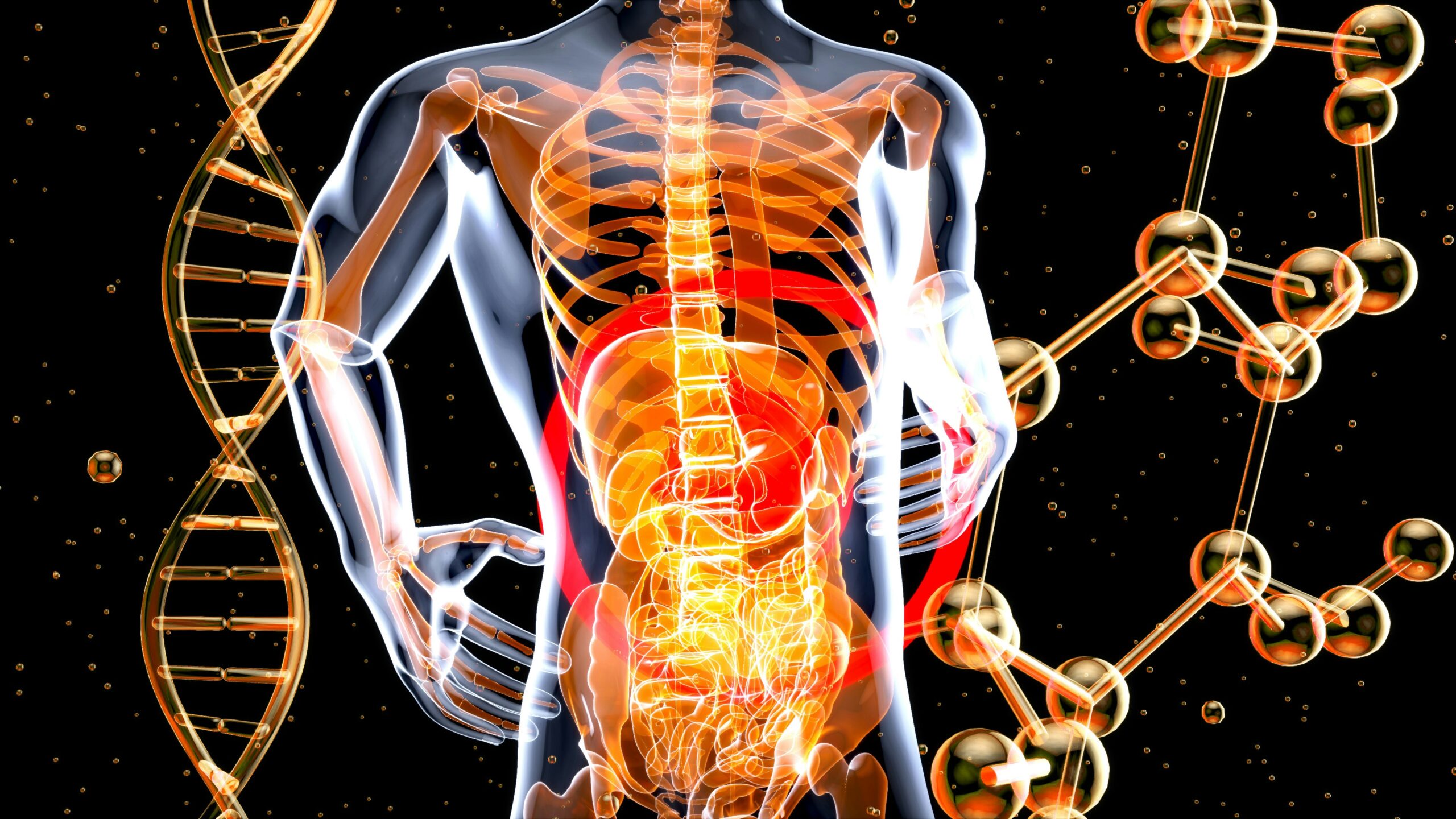
At the beginning, the duodenum joins the liver organ. It is possible through the hepatoduodenal ligament. Elements such as the portal vein, hepatic artery, and bile duct are included in the ligament. The duodenal bulb is the shortest section of this organ and reaches approximately 4-5 cm.
The next part of the duodenum is located above the right kidney and the inferior vena cava. The inferior vena cava projects blood from the limbs and lower torso to the heart. In the concavity of the duodenum, which is C-shaped, is the upper part of the pancreas. The second segment is the descending part, which is 8-10 cm long.
The third segment of the duodenum starts from the right side of the body and lies towards the left side. It is located in front of the inferior vena cava and the aorta. The upper mesenteric vessels are just in front of this part of the duodenum. The superior mesenteric artery supplies the entire small intestine and the right half of the large intestine.
The fourth segment is the section of the duodenum with the narrowest lumen and the most densely distributed circular folds. It is approximately 6 cm long and continues as the jejunum. The jejunum is the part of the small intestine between the duodenum and the ileum. Its mucosa contains numerous glands that secrete intestinal juice or mucus.
The duodenum is a vital organ that mainly affects digestive processes![]() . The function of the duodenum is to continue the digestive process that begins at earlier stages of the digestive tract. In addition, the duodenum produces enzymes that also play an essential role in the digestive process. The functions of the duodenum can therefore include:
. The function of the duodenum is to continue the digestive process that begins at earlier stages of the digestive tract. In addition, the duodenum produces enzymes that also play an essential role in the digestive process. The functions of the duodenum can therefore include:

Food content enters the duodenum from the stomach via the pylorus. Digestion Food in the duodenum mixes with bile from the liver, pancreatic juice, and duodenal juice, which contains enzymes involved in food digestion. The digestive enzymes secreted by the intestinal wall facilitate the entire digestion process.
The most important enzymes produced by the duodenum include secretin![]() and cholecystokinin
and cholecystokinin![]() . The food content is then moved further into the jejunum, where it undergoes further digestion processes. Food digestion involves breaking down carbohydrates, proteins, and fats into simpler compounds such as amino acids, sugars, and fatty acids. Undigested food residues that the body cannot break down are excreted from the body.
. The food content is then moved further into the jejunum, where it undergoes further digestion processes. Food digestion involves breaking down carbohydrates, proteins, and fats into simpler compounds such as amino acids, sugars, and fatty acids. Undigested food residues that the body cannot break down are excreted from the body.
One of the most critical functions of the duodenum is the absorption of essential nutrients. Absorption of the products of digestion is the process of transporting the dissolved organic constituents that result from the digestion of food. Absorption of simple organic compounds in the duodenum is possible due to the structure of its wall.
The mucosa absorbs the nutrients, entering the blood and feeding the entire body. The nutrient absorption stage occurs in the duodenum's second and third segments. Further absorption also takes place in the jejunum![]() and ileum
and ileum![]() . Only a few substances are absorbed in different parts of the digestive tract, such as the mouth and stomach.
. Only a few substances are absorbed in different parts of the digestive tract, such as the mouth and stomach.

If you have colon problems, you may experience specific symptoms. These symptoms are uncharacteristic, so you should always go to a specialist for an accurate diagnosis and to discover its associated disease. Many diseases of the duodenum have various causes, so it is important not to underestimate the following symptoms.
Pain is most commonly located in the upper abdomen. In some duodenal conditions, pain occurs not after meals but on an empty stomach, for example, at bedtime. Pain may also occur after meals and subside after taking antacids. Abdominal pain and nausea may be indicative of diseases of the stomach and duodenum and are most commonly associated with duodenal ulcer disease. However, to confirm this, a diagnostic test is necessary.
Duodenal problems may be indicated by nausea and vomiting. Nausea is an unpleasant, non-painful, subjective feeling of needing to vomit. Vomiting is the violent expulsion of stomach contents through the mouth as a result of muscular muscle contractions. It is widespread with duodenal disease to have foul-smelling![]() vomit, that is, vomit that looks like coffee grounds. Blood may also be seen in the vomit.
vomit, that is, vomit that looks like coffee grounds. Blood may also be seen in the vomit.

Diarrhea is a common complaint associated with a more frequent than usual need to pass stool or with more stool. A change in the fluidity and odor of the stool often accompanies it. During diarrhea, there may be a general weakness in the body. Diarrhea may indicate various diseases of the digestive system. It also belongs to the group of symptoms of bacterial duodenitis. In addition to diarrhea, different disturbing changes related to defecation may be noticed, such as blood in the stool. In such cases, prompt diagnosis is essential, as blood in the stool may indicate tumors and duodenal problems.
Malabsorption disorders are a group of diseases characterized by abnormalities in the absorption of nutrients. Impaired absorption syndromes are associated with losing individual nutrients in the feces due to their impaired assimilation in the gastrointestinal tract. Impaired absorption may be indicated by weight loss and deficiency and by symptoms of nutritional deficiencies. Nutrient deficiencies may also result from poor eating habits and a monotonous diet. The body weakens and is more susceptible to infections in such a condition.
Many diseases of the duodenum can give similar symptoms. Therefore, if you notice worrying signs that may indicate a problem with the duodenum, you should visit your doctor. Only when patients get the correct diagnosis can appropriate and effective treatment be possible. Learn about duodenal diseases, which include:

One of the most common diseases affecting this organ is peptic ulcer disease of the stomach and duodenum—duodenal ulcers, small cavities of various sizes. Ulcers are usually located in the duodenal bulb, the first segment of the organ. The cause of occurrence is often related to poor diet and unhealthy eating habits or the Helicobacter pylori![]() bacterium. In many patients, peptic ulcer is entirely asymptomatic, although abdominal pain may occur after eating a meal.
bacterium. In many patients, peptic ulcer is entirely asymptomatic, although abdominal pain may occur after eating a meal.
Gastritis of the stomach and duodenum is a condition in which various factors damage the mucosa. It is accompanied by inflammation caused by viruses, bacteria, or different pathogens. Infection most often occurs by eating infected food on which pathogens reside. The symptoms accompanying duodenitis are usually diarrhea, vomiting, and lack of appetite. When the duodenum is inflamed, fever may also occur. Inflammation in this area usually precedes peptic ulcer disease. Recovery of the mucosa is vital in treatment.
Another condition associated with the duodenum is duodenogastric reflux, which is quite common as a gastrointestinal disorder. In reflux, duodenal contents back into the stomach, bypassing the small intestine. In the stomach, they mix with digestive acids and act as a strong irritant to the mucosa of this organ. Therefore, abdominal pain and vomiting with bile content are characteristic symptoms.
There are benign cancers of the duodenum and malignant cancers. It is a rare cancer of the digestive tract; more common are cancers of the intestine or stomach. Cancers of the duodenum give uncharacteristic symptoms found in many different gastrointestinal conditions. Therefore, very often, duodenal cancer is diagnosed at a late stage. The prognosis for cancers of the duodenum is not very good—the chances of comeback decrease when lymph node metastases are found.
The duodenum can also be affected by diseases that involve different parts of the intestine and digestive tract. Such conditions include Crohn's disease. It is an inflammatory condition that can impact any area (from the mouth to the anus). However, it most commonly takes place in the terminal ileum. Crohn's disease is an autoimmune and chronic condition. Crohn's disease currently has no cure, but appropriate therapy can control or reduce symptoms and prevent recurrence.
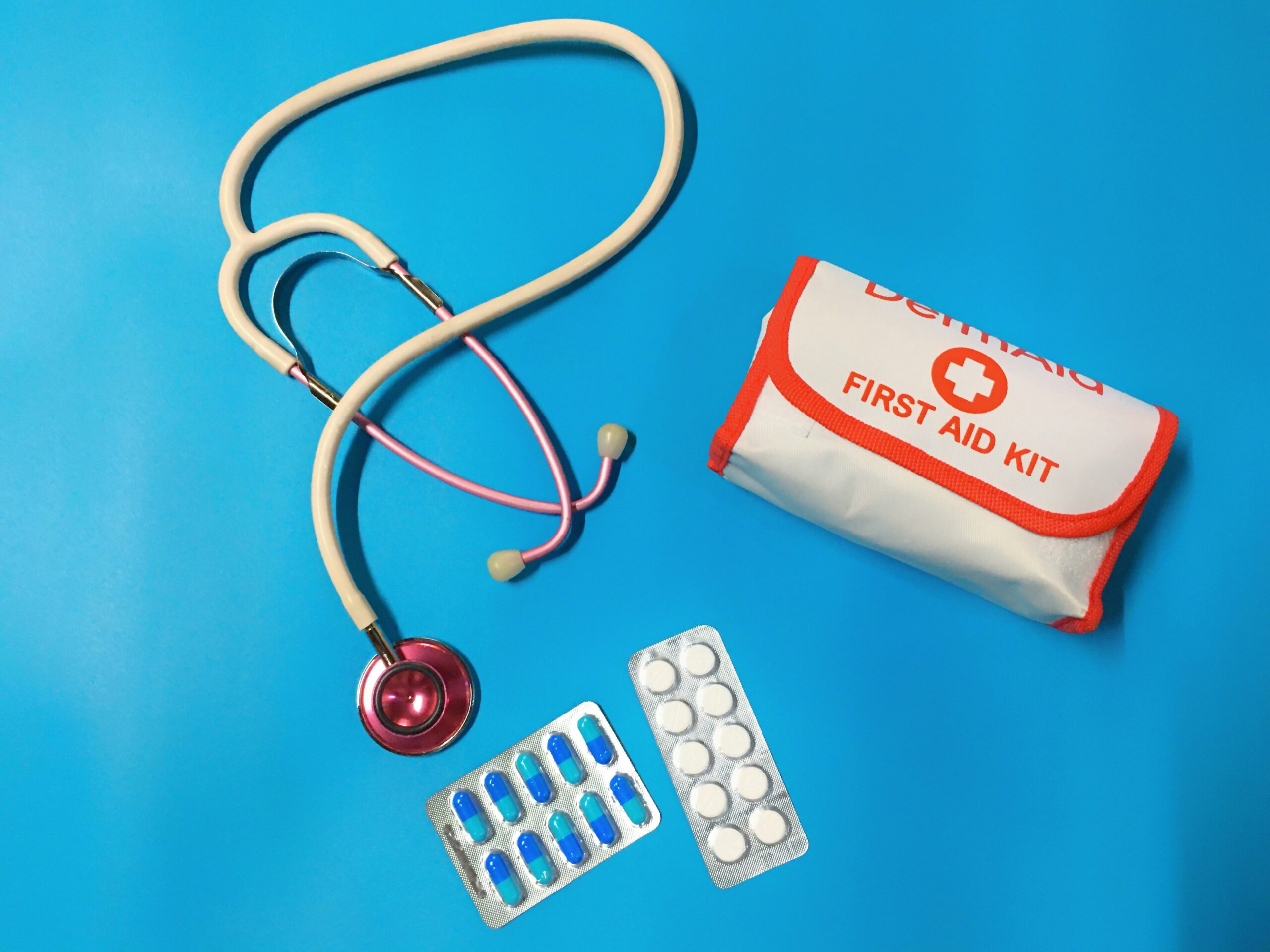
Celiac disease is another autoimmune disease that can affect the duodenum and other parts of the digestive system. Coeliac disease can be a chronic and multi-organ condition. Genetically predisposed individuals experience unpleasant symptoms as a result of consuming gluten. They experience damage to the small intestine. Gluten, which, in the case of people with coeliac disease, has a toxic effect and causes several complications. Each ingestion of gluten will exacerbate the patient's symptoms and result in a higher likelihood of developing further disease entities. Genetic conditions such as coeliac disease accompany sufferers throughout their lives, and, unfortunately, there is no way to cure it completely.
The bacterial balance of the intestinal flora is essential for maintaining health. SIBO is a condition with increased bacteria in the small intestine. It, in turn, causes symptoms and can lead to digestion and absorption disorders. Bacteria that are too abundant in the small intestine metabolize carbohydrates from food. Excessive fermentation processes and gas secretion then occur, causing the symptoms of SIBO. The duodenum is also colonized with bacteria. If abnormalities occur there, disorders can occur in the part of the duodenum responsible for absorbing nutrients.
This condition is a bacterial multisystem infection. The microorganism responsible for the infection is the bacterium Tropheryma whipplei. It is a sporadic infectious disease. The clinical symptoms associated with Whipple's disease are non-specific and resemble those of many different gastrointestinal diseases. A definitive diagnosis is established by examination of the small intestinal mucosa. Material for histopathological examination is taken during endoscopic examination of the duodenum. With appropriate treatment, the prognosis of Whipple's infection is good, but relapses and central nervous system involvement may occur.
Angiodysplasia is a vascular malformation of the intestine, small in size. Often, the cause of angiodysplasia is unexplained. Bleeding in the gastrointestinal tract and anemia are noted. The lesions are generally multiple and occupy the cecum and ascending colon. Colonic angiodysplasia is usually a developmental vascular malformation in the intestinal mucosa and submucosa. The abnormal structure over the years can cause vascular rupture and bleeding in the lower gastrointestinal tract. Intestinal angiodysplasia is a common cause of bleeding in the gastrointestinal tract. The most characteristic symptom is tarry stools or blood in the stool. If symptoms appear, you have to see a doctor immediately.
Several tests need to be carried out to diagnose a particular duodenal disease. In the event of any long-lasting symptoms, the doctor should be contacted and appropriate tests performed to avoid even more severe health problems, which may be cancer, which is difficult to recognize from uncharacteristic symptoms. Medical examinations of the duodenum include:
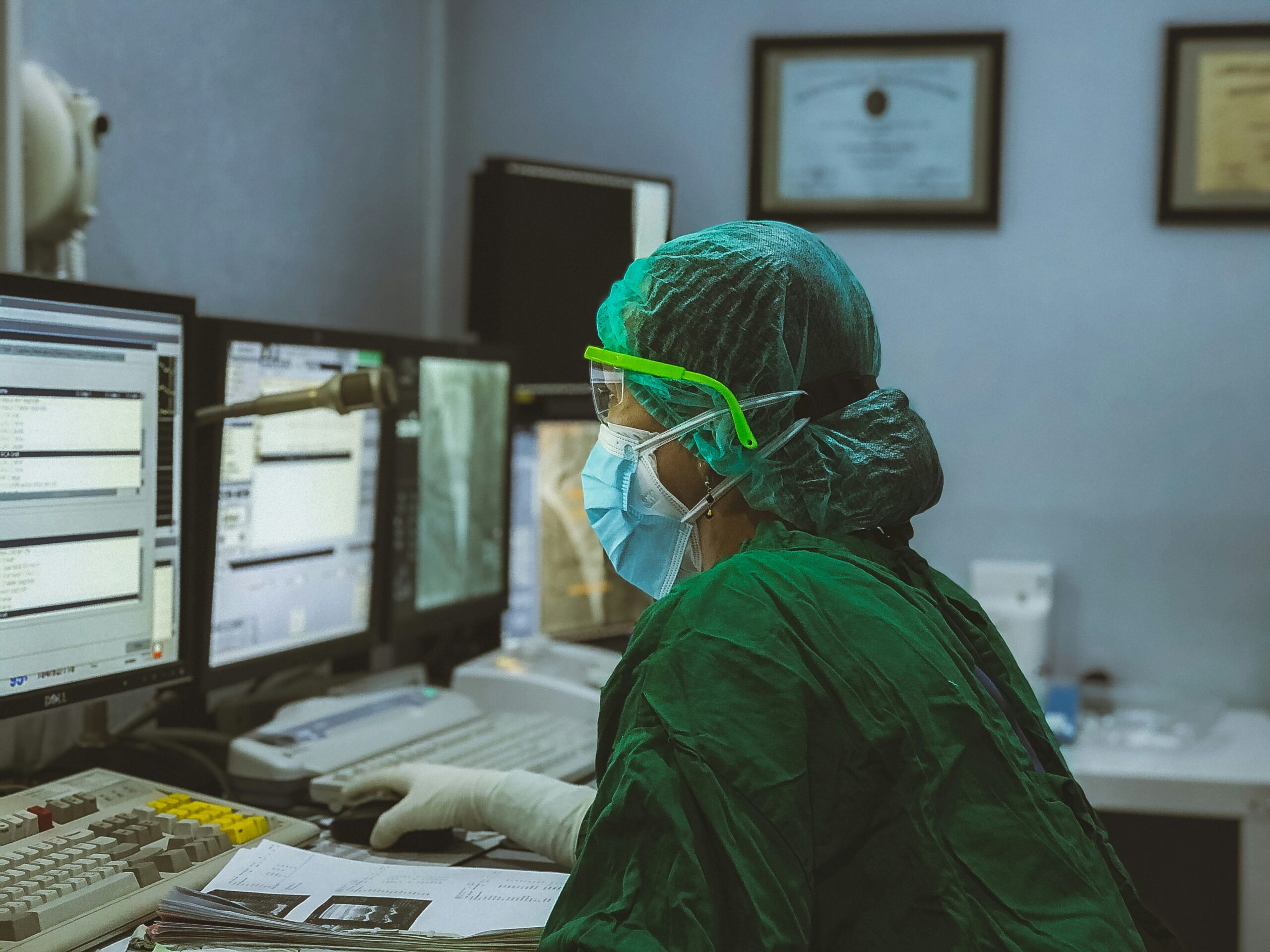
Gastroscopy is a diagnostic examination of the upper gastrointestinal tract. It allows the detection of lesions in the esophagus, stomach, or duodenum and the precise collection of material for histopathological examination. Gastroscopy can also detect the presence of Helicobacter pylori, which causes stomach and duodenal ulcers. The examination facilitates the diagnosis of many gastrointestinal diseases, including duodenal disease. Gastroscopy is a very safe examination—complications are infrequent.
Computed tomography is used to assess the level of cancers of the duodenum. Using an appropriate technique, the duodenal walls can be made clear. Computed tomography is an effective method based on X-ray images. CT scanning is accurate when imaging soft tissues, blood vessels, and bones in various body parts. CT has many uses but is particularly important for diagnosing diseases and assessing a patient's condition.
Bilimeters are suitable for measuring bilirubin levels![]() . Conjugated bilirubin is secreted from the liver into the bile ducts, through which bile escapes into the duodenum. Bilirubin is then excreted into the duodenum along with the other components of bile during contraction of the gallbladder. Therefore, with duodenal disease, bilirubin levels may deviate from the standard.
. Conjugated bilirubin is secreted from the liver into the bile ducts, through which bile escapes into the duodenum. Bilirubin is then excreted into the duodenum along with the other components of bile during contraction of the gallbladder. Therefore, with duodenal disease, bilirubin levels may deviate from the standard.
Scintigraphy is a noninvasive diagnostic method that creates images of physiological and pathological changes occurring in the human body using radioactive isotopes. The image of a scintigraphic examination differs significantly from an X-ray image or an image created by computed tomography. Using a computer system, we can see the image in color. Specific colors can indicate, for example, cancerous lesions.
Sometimes, a bacterial infection is the cause of duodenal problems. Duodenal diseases are most commonly associated with Helicobacter pylori. Among other things, a breath test![]() is used to detect it. The breath test is done to determine the bacteria's presence and check whether or not the antibiotic treatment has helped to eliminate the bacteria. Different ways of detecting the bacteria are blood tests for antibodies
is used to detect it. The breath test is done to determine the bacteria's presence and check whether or not the antibiotic treatment has helped to eliminate the bacteria. Different ways of detecting the bacteria are blood tests for antibodies![]() and tests detecting bacterial antigens in feces
and tests detecting bacterial antigens in feces![]() .
.
The duodenum is an organ in the human body that connects the stomach to the small intestine. The duodenum is C-shaped and reaches a length of 25 to 30 cm. This organ can be divided into four parts in the human body. The duodenum receives bile and pancreatic juice, which are involved in digestion. Digestive enzymes such as secretin and cholecystokinin are secreted in the duodenum.
The function of the duodenum is to continue the digestive process that begins at earlier stages of the digestive tract. The digestive contents are then moved further into the next section of the small intestine. Symptoms that may accompany duodenal disease include abdominal pain, vomiting, and different symptoms related to the digestive system.
Symptoms of diseases of the duodenum are often inconspicuous and uncharacteristic and may even indicate cancers of the digestive system. If you notice symptoms related to duodenal problems in yourself, it is better to seek medical help. A proper diagnosis will help pinpoint the disease entity and bring appropriate treatment.
Table of Contents

A gastroenterologist deals with the diagnosis and treatment of diseases of the human digestive system. What does a visit to… read more »
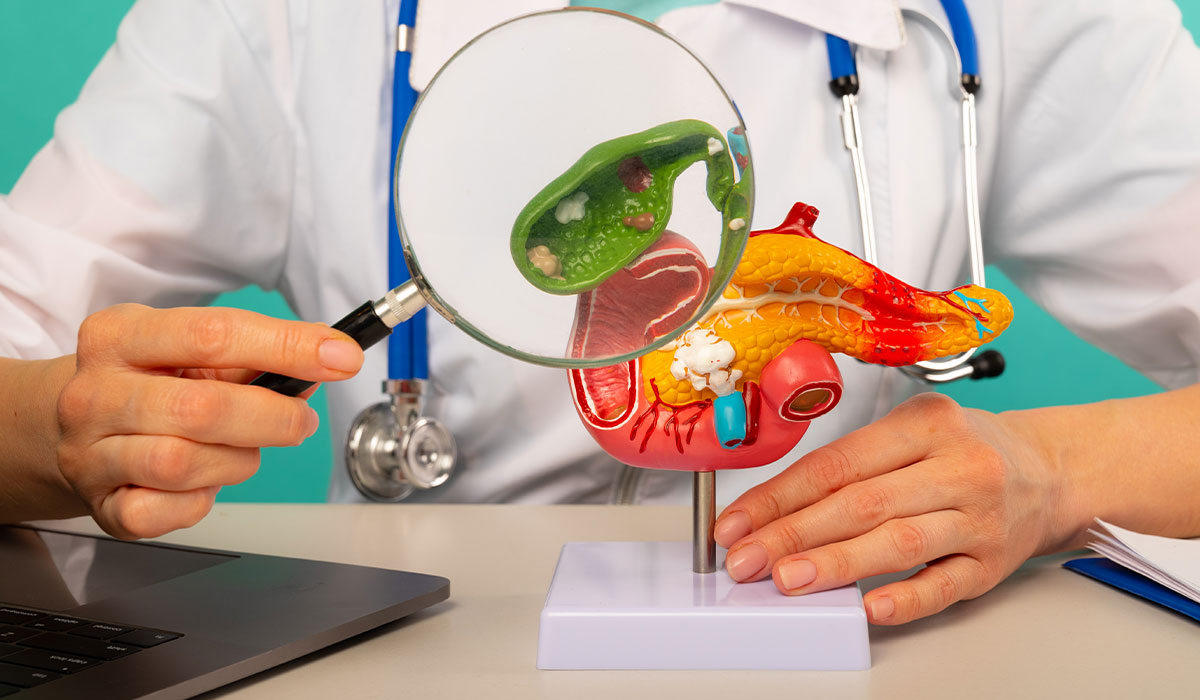
The gallbladder performs very important functions in the human body. Problems with its functioning can lead to diseases. Learn about… read more »
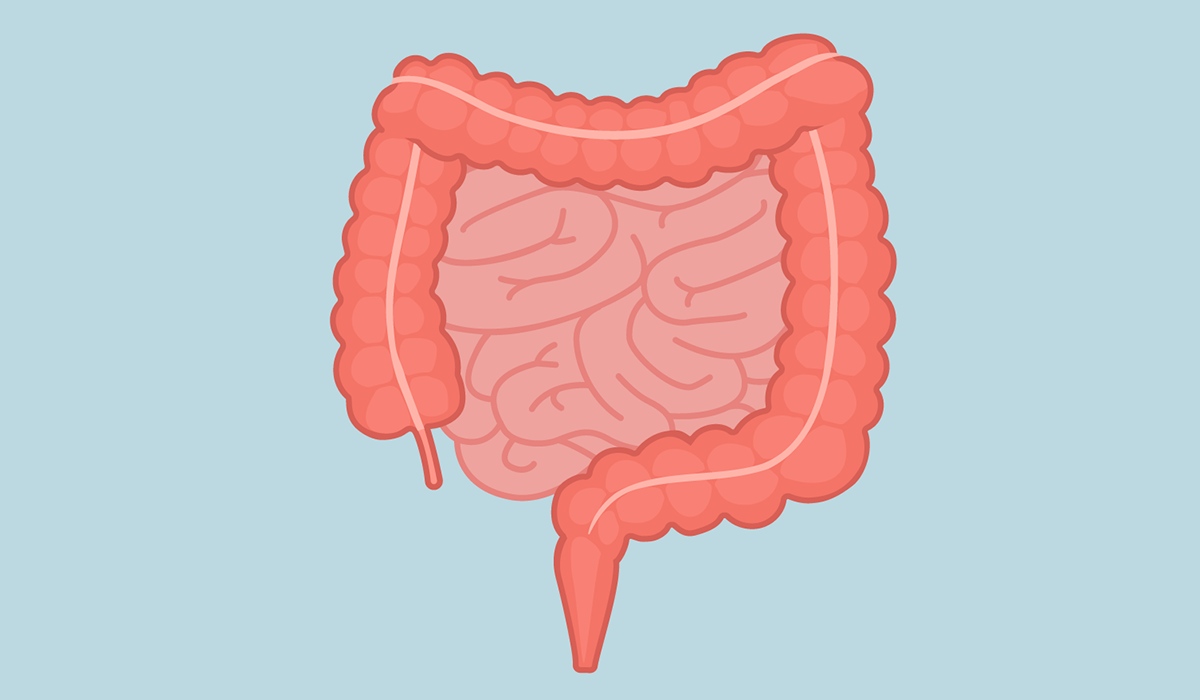
The term “bowels” refers to the gastrointestinal tract, specifically the intestines. They are divided into two main parts: the small… read more »

Giardiasis is a disease that causes symptoms of diarrhea. Some people are at greater risk of a severe course and… read more »
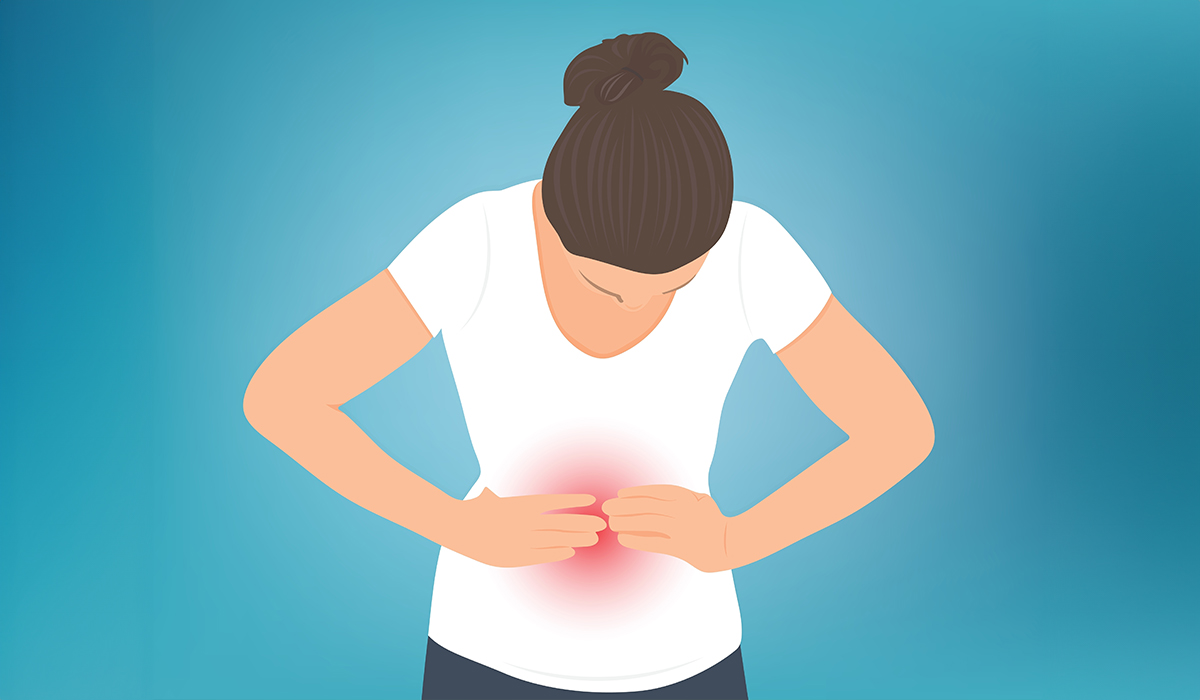
Abdominal pain refers to discomfort or pain felt anywhere in the area between the chest and the pelvis, commonly known… read more »
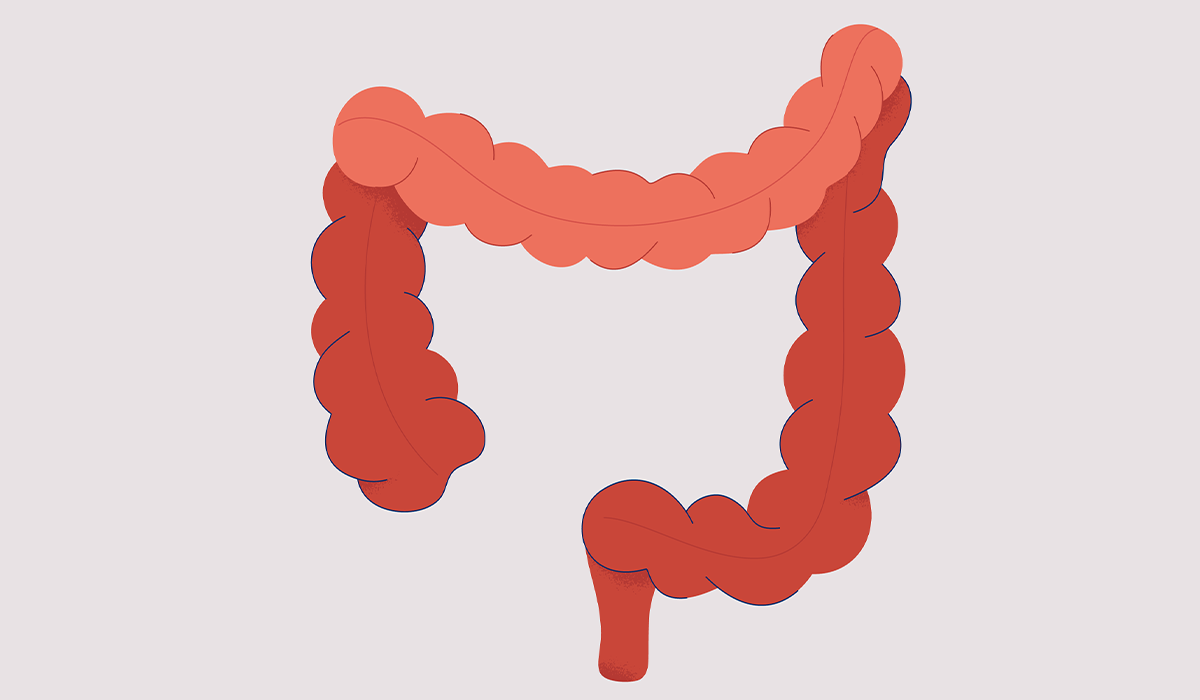
The colon is part of the large intestine and is essential for the digestive system. Some signs may indicate problems… read more »

H. pylori is a pathogenic bacterium. Untreated bacterial inflammation can lead to stomach cancer. Learn about treatment methods for Helicobacter… read more »
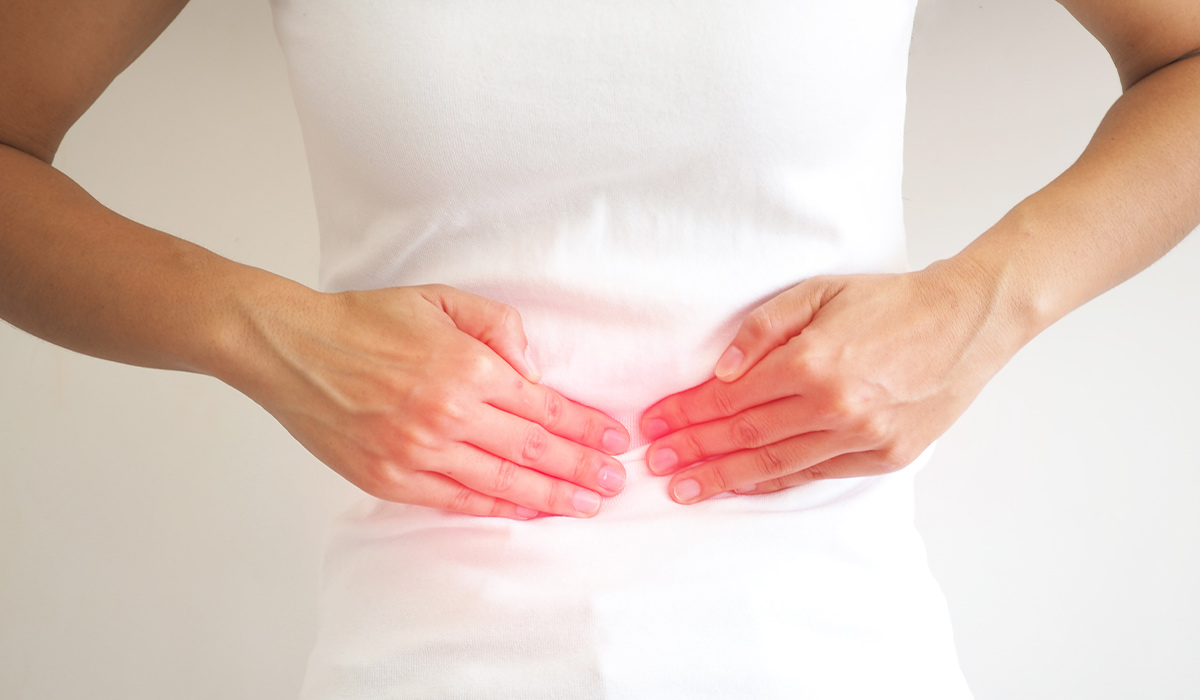
Stomach ulcer symptoms are easily recognizable. However, sometimes the disease is asymptomatic. See how to recognize stomach ulcer disease and… read more »

SIBO is a syndrome of symptoms that occurs when there are too many bacteria in the small intestine. The causes… read more »